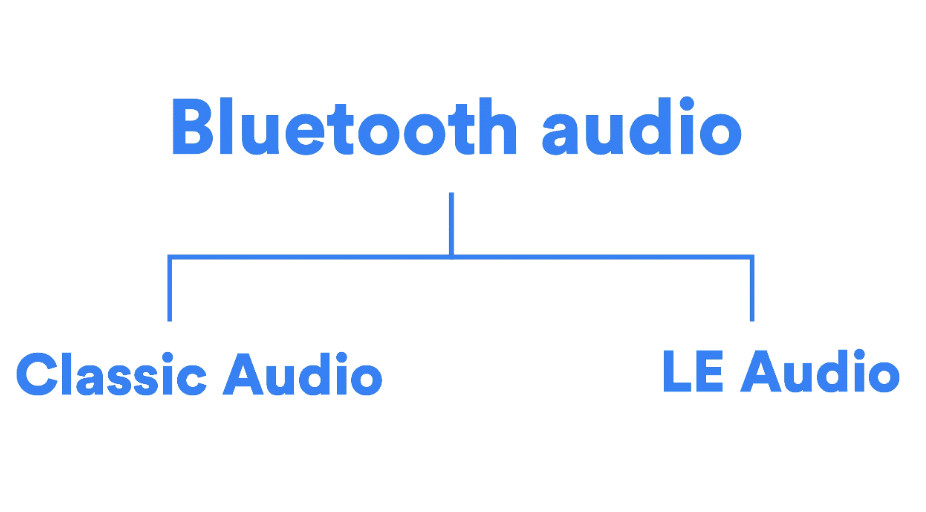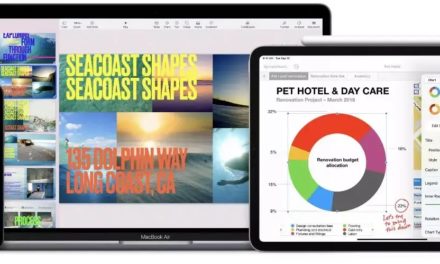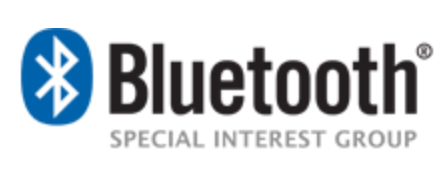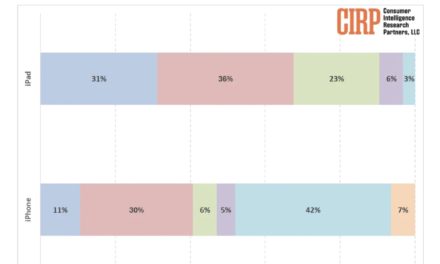The Bluetooth Special Interest Group (SIG) has announced the upcoming release of LE Audio, the next generation of Bluetooth audio. Not only will LE Audio enhance Bluetooth audio performance, it will add support for hearing aids and enable Audio Sharing, an entirely new use case that is poised to once again transform the way we experience audio and connect with the world around us, according to Mark Powell, CEO of the Bluetooth SIG.
Bluetooth audio will soon support two operation modes. LE Audio will operate on the Bluetooth Low Energy (LE) radio while Classic Audio operates on the Bluetooth Classic radio (BR/EDR). LE Audio will support development of the same audio products and use cases as Classic Audio, while introducing new features to improve their performance as well as enable new ones.
LE Audio will include a new high-quality, low-power audio codec. Providing high quality even at low data rates, LC3 will bring tremendous flexibility to developers, allowing them to make better design tradeoffs between key product attributes such as audio quality and power consumption.
Multi-Stream Audio will enable the transmission of multiple, independent, synchronized audio streams between an audio source device, such as a smartphone, and one or more audio sink devices.
Building on its low power, high quality, and multi-stream capabilities, LE Audio adds support for hearing aids. Bluetooth audio has brought significant benefits to a large percentage of the global population, with wireless calling, listening, and watching. LE Audio will enable the development of Bluetooth hearing aids that bring all the benefits of Bluetooth audio to the growing number of people with hearing loss.
LE Audio will also add Broadcast Audio, enabling an audio source device to broadcast one or more audio streams to an unlimited number of audio sink devices. Broadcast Audio opens significant new opportunities for innovation, including the enablement of a new Bluetooth use case, Audio Sharing. Bluetooth Audio Sharing can be personal or location-based. With personal Audio Sharing, people will be able to share their Bluetooth audio experience with others around them; for example, sharing music from a smartphone with family and friends. With location-based Audio Sharing, public venues such as airports, bars, gyms, cinemas, and conference centers can now share Bluetooth audio that augments the visitor experience.
The Bluetooth specifications that define LE Audio are expected to be released throughout the first half of 2020. For information on LE Audio, visit: https://www.bluetooth.com/le-audio.





